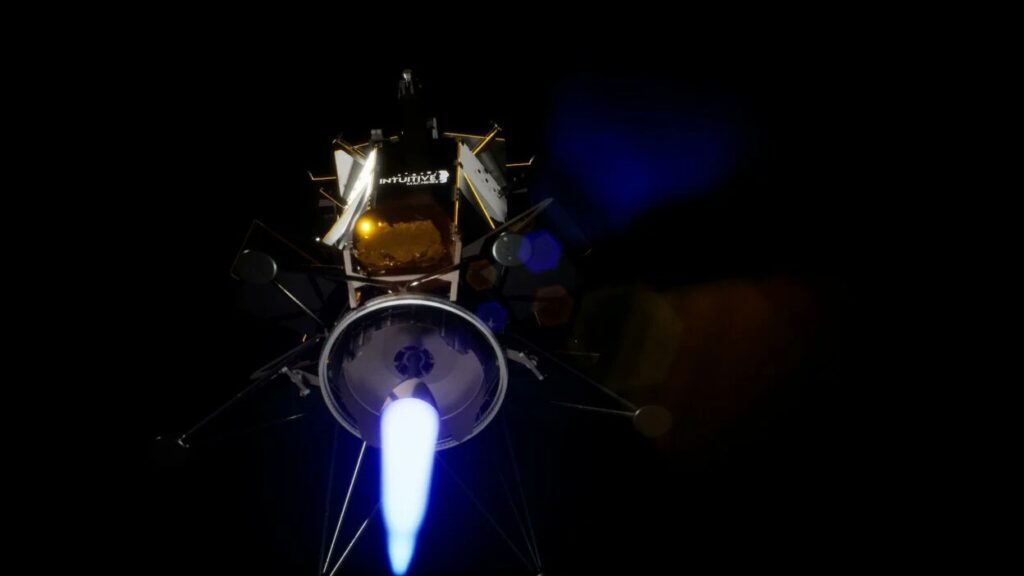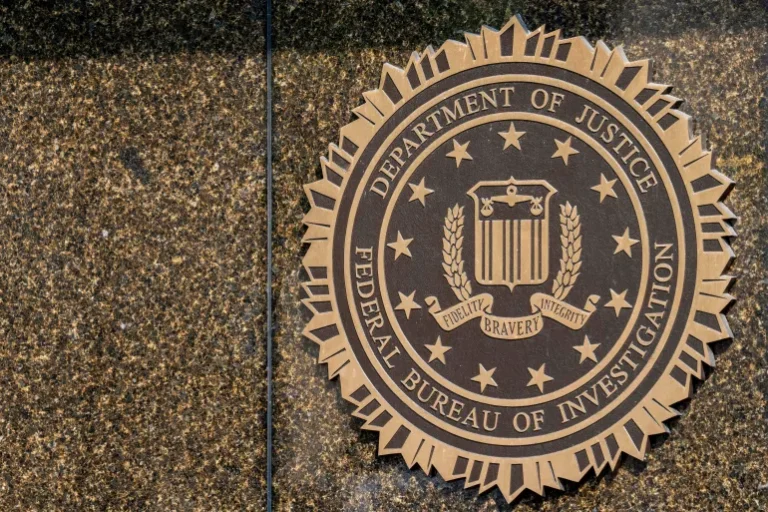Intuitive Machines Makes Lunar History with Successful Private U.S. Moon Landing
Houston-based private company Intuitive Machines has successfully landed its uncrewed robot lander, Odysseus, on the lunar south pole, marking a historic moment for both the United States and the private space industry. This milestone, achieved on February 22, represents the first U.S. moon landing in over 50 years and the first-ever conducted entirely by a private sector entity.

The six-legged robot lander, Odysseus, built and operated by Intuitive Machines, touched down near a crater known as Malapert A, some 186 miles from the moon’s south pole. The landing was not without challenges, as engineers at the mission control had to address a last-minute navigation glitch that surfaced on the spacecraft during its final descent.
The spacecraft’s descent was delayed by one orbit to utilize an experimental NASA navigation sensor and implement hastily-written software patches to ensure a safe landing. The critical moment came at 6:23 p.m. EST, with Odysseus finally settling down on the lunar surface, achieving a speed of about 2.2 mph. The landing site is strategically located, as the lunar south pole is an area of interest due to the presence of permanently shadowed craters that may contain frozen water.
NASA Administrator Bill Nelson congratulated Intuitive Machines, SpaceX for the Falcon 9 rocket launch, and NASA’s commercial moon program, heralding the moment as “the landing of a lifetime” and emphasizing the significance of commercial partnerships in space exploration. He stated, “Today, for the first time in more than a half century, the U.S. has returned to the moon.”
The successful lunar landing is a major leap forward for private companies involved in space exploration. Odysseus is part of NASA’s Commercial Lunar Payload Services program, encouraging private industry participation in developing transportation capabilities for lunar payloads. NASA paid Intuitive Machines for its role in the mission, with Odysseus carrying six NASA instruments and additional commercial payloads.
The spacecraft’s payloads include small moon sculptures by artist Jeff Koons, cloud storage technology proof-of-concept, Columbia Sportswear insulation blankets, and a small astronomical telescope. These payloads, along with NASA’s experiments, aim to collect valuable data for future lunar missions and assist Artemis astronauts planning to land near the moon’s south pole later in the decade.
Odysseus is expected to operate on the lunar surface for about a week, utilizing its solar cells for power until the lunar night sets in. This successful mission follows a recent setback when Pittsburgh-based Astrobotic Technology’s Peregrine lander crashed back to Earth last month.








